- R.A
- information
- 2047 views
- 0 comments
Shahnameh is a long Persian epic poem written by the Persian poet and scholar Ferdowsi in the 10th and 11th centuries. It is considered one of the greatest literary works in Persian literature and one of the world's longest epic poems.
As Ferdowsi's poems have been heard all over the world, Shahnameh has been able to leave a prestigious title and name. Before we want to examine Shahnameh in CyrusCrafts magazine, it is better to have a reference to the author and poet of this book.
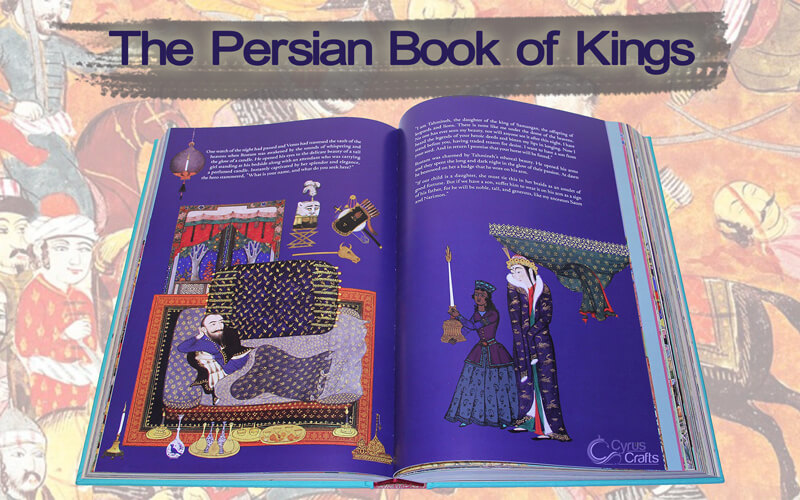
Who is Ferdowsi?
Ferdowsi is one of the famous poets of Iran. He was born in Tus, 339 AH, in a rich family, and from then on, he tried to spend his family on writing the Shahnameh book.
Ferdowsi, whose full name was Hakim Abu'l-Qasem Ferdowsi Tusi, was a Persian poet and the author of the greatest epic poem in the world (Shahnameh).
Ferdowsi completed the writing of Shahnameh around the year 1010. Shahnameh contained more than 50,000 rhyming couplets and verses that narrate the mythical and historical history of Persia (Iran) from its creation to the Islamic conquest in the 7th century.
When did Ferdowsi Write the Shahnameh?
Many poets and historians believe that Ferdowsi started composing Shahnameh the epic of the Persian kings, at the age of thirty. But there are documents in this regard that show that Ferdowsi wrote the poems of Shahnameh at a young age. The renowned Shahnameh Ferdowsi book preserves Iranian traditions and manners, so people today can continually enrich their understanding of the ancient ways by delving into its pages.
Cyrus Crafts; Luxury & Unique Products
What is the Book of kings refer to?
In order to understand and recognize national customs and traditions, it is crucial to delve into the meaning and significance of narrative in mythological tales. If you don't notice the clues and ideas within the Shanameh, you'll see it as a regular book with some stories. The tales of Shahnameh Ferdowsi all refer to the Ferdowsi matter of Good and Evil, Light and Dark. In this book, light always prevails over darkness, and the heroes step forward against the oppressors of their time to make sacrifices. In addition to learning about traditions, you can also gain valuable life lessons from this book.
Shahnameh's Characters and Heroes
As we mentioned, many warriors in this book have been able to portray sacrifices for Iran. Some of the famous and famous Shahnameh warriors are:
- Fereydun: As per Abolala Soudavar, Fereydun is partially a mirror image of Cyrus the Great (r. 550 - 530 BC), the first Achaemenid King.
- Siyâvash or Siavash
- Kay Khosrow: In the Persian epic book of kings, Kay Khosrow is an Iranian king of the Kayanian dynasty. He was the son of the Iranian prince Siavash.
- Rostam: In Persian mythology, Rostam or Rustam is the son of Zāl and Rudaba. His life and work were immortalized in the Shahnameh by Ferdowsi.
Simurgh appeared at Rostam's mother's bedside at the time of Rostam's birth and ordered "Rostam birth" surgery to be performed on her stomach, the first "Rostam birth" operation ever performed. In Iranian legend, Simurgh represents wisdom, greatness, power, ambition, honor, and unity. - Goudarz: Altruism, patience, loyalty, and patience are all qualities described as characteristics of his personality.
- Sohrab: The legendary warrior Sohrāb (Suhrāb) appears in Ferdowsi's Tales of Kings, in the tragedy Rostam and Sohrab.
Also, other people in Shahnameh the epic of the Persian kings, such as Zahhak, are considered the cruel king of their time and intend to spread corruption in the world's affairs. Also, the heroes will fight to the last drop of blood to prevent this corruption, and some will lose their lives in this way.
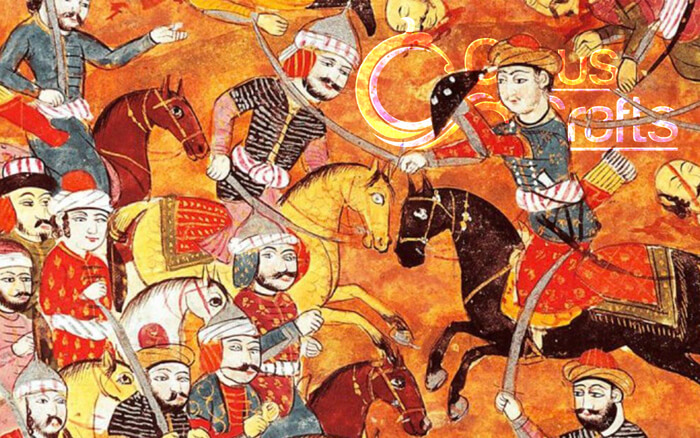
The Source of Shahnameh's Tales
Many people believe that Ferdowsi Shahnameh completed Abu-Mansuri's Shahnameh. Only fifteen pages of Abu-Mansuri's Shahnameh are left today, and the rest have been lost.
Another poet named Daqiqi started writing national tales in the 4th century. These tales attracted the attention of many Chaghani and Samani emirs and also gave awards to this poet. Nuh II decided to commission Daqiqi to complete Shahnameh in prose. However, Daqiqi was killed when he wrote a thousand verses of Shahnameh; this mission failed.
What is the Content of Shahnameh?
Shahnameh's content and prose ensured that national identity would always be preserved in the people's minds. While reading the Shahnameh, Ferdowsi notices features and continuities such as political, geographical, and narrative integrity that show the greatness and unity of Iranians. In the Shahnameh Ferdowsi, Iran and the Persian Empire were never written without a king. Even when Alexander defeated Iran, Ferdowsi was not removed from the Shahnameh but given Iranian nationality. In addition, unlike other Persian and Arabic sources, this book mentions the traditions and unity of unity. This shows that among Iranians, unity has been fundamental to the lives of families and individuals. Here is a Ferdowsi famous poems from Shahnameh book:
Love for my father led me here to die.
My mother gave me signs to know him by,
And you could be a fish within the sea,
Or pitch black, lost in night's obscurity
The Main Parts of the Shahnameh
This book is divided into three parts: mythological, heroic, and historical, which spans the days of the Persian race to the extinction of the Samanid Empire by the Arabs.
Historical Period of Shahnameh
This period begins with the appearance and beginning of Bahman, and then Darab's sons, Dara and Darab, came to power. Alexander the Great kills Darius, also known as Darius III, and takes his place on the throne.
After the period of Alexander, the Parthian Empire came to power, and after the Parthians, the Samanid Empire came to power, and the Arabs attacked them; Also, Shahnameh ended at this time.
Mythological Period of Shahnameh
The mythological period continues from the period of Keyumars until the appearance of Fereydun. In the meantime, kings such as Keyumars, Hushang, Jamshid, and Tahmuras came to power to expand Iran. In the meantime, many events happened, including the emergence of Zahhak, who had a cruel and suspicious government. Still, with the unity and integrity of Fereydoun and Kaveh the Blacksmith, Zahhak's rule was suppressed after a thousand years.
Heroic Period of Shahnameh
The heroic period begins with the kingdom of Fereydun. The kings in this period were Iraj, Manuchehr, Nozwar, and Garshasp. Also, the Kayanian dynasty kings Kay Kāvus, Kay Lohrasp, Kay Kawad, and Kay Khosrow came to power. Then brave men such as Rostam, Zal, Tous, Sohrab, Bizhan, Etc. Appeared.
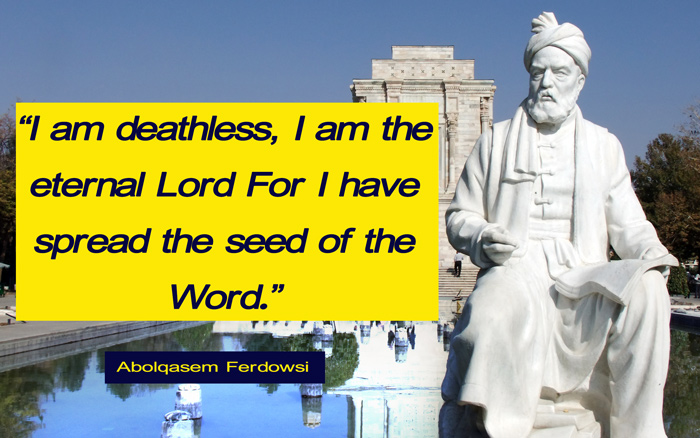
Patriotism of Shahnameh
One of the characteristics imprinted in Ferdowsi is patriotism, which you can see in his prose, Shahnameh. At the time of Ferdowsi, there were oppressive Abbasid kings on one side and people galloping to Iran from the northeast. Meanwhile, Ferdowsi tried to unite the people with the Shahnameh book so that they would stay away from these dangers. For example, there was a poem for those who fled to Zabulistan to message Rostam. After this message, Rostam defeated the aggressors' team and then saved Iran from these people. From then on, Rostam considered himself the guardian of Iran and prevented foreigners from invading this country until the end of his life. In Shahnameh Ferdowsi, three tribes invaded Iran: Arab, Roman, and Turani.
Hatred of War in Ferdowsi's Shahnameh
Although Ferdowsi wrote many prose and poems about the war in his Shahnameh, he also mentioned hatred of war, which he called the war a condemnation in many kinds of literature.
In the Shahnameh, you can never see that the Iranians were occupying the lands with the intention of conquest and ambition. Still, Timur, Alexander, and Genghis were fighting for power from east to west. In Shahnameh, the Iranian people defended themselves only to keep their national heritage alive.
Also, in Shahnameh, Ferdowsi pointed out that Iranians do not attack when the enemy does not respond. In other words, when enemies surrender, they should not be attacked. All these factors illustrate the chivalry of the Iranian people.
Human Epic in Shahnameh
As Ferdowsi shows in Shahnameh, Iranians are humanitarians and have never harmed motherless children, destitute debtors, older adults, or prisoners. Their behavior is characterized by kindness and polite manners. Friendly relationships and pleasant behavior with children were other characteristics that were observed.
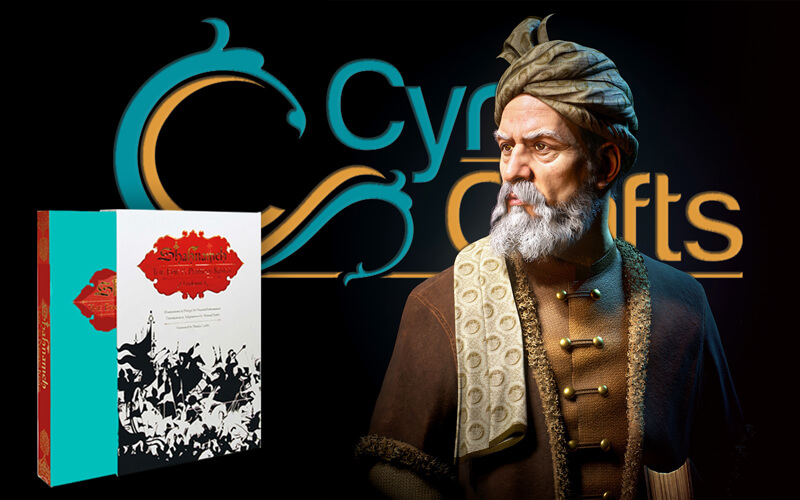
Autocracy the Source of ruin in Ferdowsi's Shahnameh
According to Abulqasem Ferdowsi, absolute power is cruel and destructive. Kay Khosrow possesses the characteristics of art and wisdom, which have enabled him to achieve victories as a war commander in Shahnameh. Also, this epic warrior overcame Iran's enemies and avenged the blood of Siavash by killing Afrasiab. When he reached the peak of power, he was afraid that power might mislead him and put him on the path of Zahhak and Jamshid.
As a result of his fear of power, Kay Khosrow stepped down from his position of power. Therefore, others called Zal from Zabulestan for the throne. Furthermore, the heads of state tried to dissuade Kay Khosrow from his decision with harsh words and Zal's advice. However, Kay Khosrow did not regret his decision. At that time, Kay Lohrasp was substituted for Kay Khosrow. Then he assigns a reward to all the warriors of the city. Kay Khosrow also places a responsibility on Gudarz to spend all his accumulated wealth on the settlement and expansion of the city. When he is sure about this, he decides to leave the city.
CyrusCrafts' last word about Shahnameh
With about 50,000 lines, the Persian Book of Kings, or Shahnameh, is one of the longest poems written by a single author and the oldest Shahnameh. It is kept in the National Central Library in Florence, Italy. Ferdowsi was a well-known poet who wrote it 1000 years ago, and it is an integral part of Persian literature. And also in other countries.












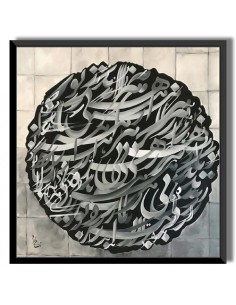







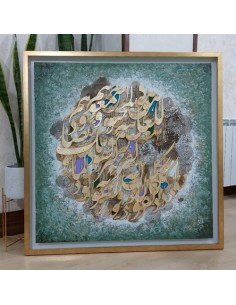

Comments (0)